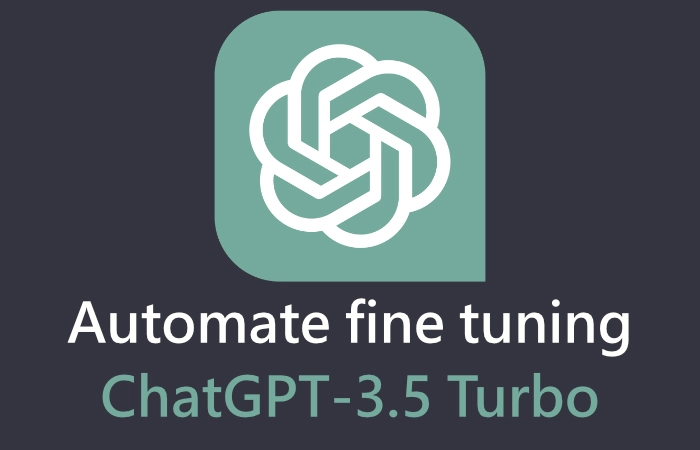[ad_1]
Motorola has launched two new wireless earbuds that bring Bose’s audio tuning and best-in-class active noise cancellation for very competitive prices. It’s calling the new earbuds: the Moto Buds and Moto Buds Plus.
The Moto Buds Plus are the more attention-grabbing earbuds of the two, as they sport some impressive features that you’d find in the best wireless earbuds for a budget price of just £129 (roughly $160 and AU$250 but we have yet to get pricing for other regions). There’s hi-res audio support along with active noise cancellation and Dolby Atmos with Head Tracking tech to provide dynamic directional audio when listening to compatible continents.
The earbuds have two triple-mic systems, which aid with noise cancellation and ambient noise suppression when making and taking phone calls. There’s also what Motorola calls ‘CrystalTalk AI’ on board, which uses algorithms to mitigate noise caused by windy conditions.
Eight hours of battery life are offered by the buds themselves, while the case holds up to 38 hours of playback power. And three hours of playback time can be had from just 10 minutes of charging, which could be useful if you’re the forgetful sort who leaves earbuds outside of their case on a regular basis. As a handy extra, the case offers wireless charging and the buds are water resistant.

However, arguably the standout feature is the audio tuning done by Bose. Normally, one would need to look at the best noise cancelling earbuds to find Bose’s audio chops but with the Moto Buds Plus, you get EQ tuning from the audio giant, in addition to its expertise on the ANC front.
Depending on your audio playback tastes, Bose tuning could be a real boon or bust here. Having used Bose headphones before, I’m reasonably partial to how the bass and mid-range tones are tuned. And Bose’s ANC is right up there with Sony’s ability to crush external sounds with its WH-1000XM5 series of headphones.
The caveat here is slapping Bose tuning onto earbuds may end up being a marketing gimmick if the Moto Buds Plus’ dual dynamic drivers can’t deliver the punchy audio one expects from Bose. We’ll find out once we give the Moto Buds Plus a rigorous testing.
Available to buy today (April 16) the Moto Buds Plus come in ‘Forest Gray’ (basically a smokey black) or ‘Beach Sand’ (a form of off-white).
Motorola’s Moto Buds: Key specs

For people on a tight budget, Motorola has the £49 (about $61 and AU$95) Moto Buds. These earbuds don’t get the Bose tuning, but still have hi-res audio support and ANC – and that’s not bad at all for the price.
Battery life comes in at nine hours, with two hours of listening time coming from just 10 mins of charging. Combined with the power the case can hold, the Moto Buds offer up to 42 hours playback time. And thanks to water resistance, these earbuds could be good for sweaty workouts.
The Moto Buds come in a quartet of colour options called ‘Starlight Blue’, ‘Glacier Blue’, ‘Coral Peach’ or ‘Kiwi Green’. And they’ll be available from mid-May. Stay tuned for our reviews and further thoughts.
You might also like
[ad_2]
Source Article Link









